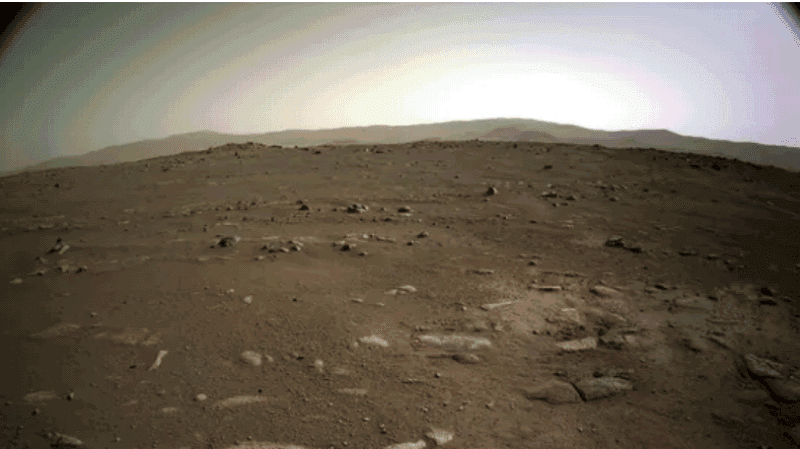Why is Mars Captivating Scientists More Than Ever?
For centuries, Mars has held a special place in our collective imagination. Now, with recent discoveries and the increasing number of missions, the Red Planet is captivating scientists more than ever.
But what exactly makes Mars so interesting? Is it the potential for past or present life, the possibility of future human exploration, or something else?

Mars Science in the past 30 years
Since the first generation of missions in the 1960s, we’ve come a long way in our interpretation of Mars. The Viking missions conducted the first chemical analysis of Martian soil and four biology experiments to detect biological activity in the mid-1970s. There was no definitive proof of existence in the experiments.
In the early 1980s, scientists hypothesised that some meteorites might have a source area on Mars rather than the asteroid belt, based on mineralogic structure and rock texture.
The isotopic composition of rare gases (Xenon, Krypton, Neon, and Argon) mirrored the isotopic ratios of the Martian atmosphere measured by the Viking spacecraft, according to a report published in 1984. This discovery enabled geochemists to research Martian samples, and it significantly improved our understanding of Mars’ geochemical evolution.

In the twentieth century, Mars was thought to be a dry planet. In 2001, the Gamma-Ray Spectrometer onboard the Mars Odyssey spacecraft discovered an intriguing hydrogen signature that suggested the presence of water ice. However, there was some ambiguity since hydrogen can be found in various other molecules, including organic compounds.
NASA sent a spacecraft to land at the Martian South Pole in 2007 to search for water availability. With the aid of its robotic arm, the spacecraft tested the soil surrounding the lander and confirmed the presence of water on Mars for the first time.
The Enduring Fascination with Mars
Why are scientists so fascinated by Mars? And what about the explorer-adventurer in us all? Recent discoveries and a growing number of missions to the Red Planet point to several reasons:
Searching for Life: Mars once boasted a thick atmosphere and liquid water, conditions that could have supported life as we know it. Rovers like Curiosity and Perseverance are searching for evidence of past or present life, analysing Martian rocks, soil, and even the thin atmosphere.

Understanding the Planet’s Past: Mars’s history is a story of dramatic change. Studying its ancient riverbeds, volcanoes, and polar ice caps helps scientists reconstruct the planet’s evolution and understand how Earth might have formed and developed.
Preparing for Human Exploration: Mars is the most likely candidate for future human missions. Understanding its climate, geology, and resources is crucial for developing the technology and infrastructure needed to support astronauts on the Red Planet.
Unveiling Our Place in the Universe: Mars serves as a natural laboratory for studying planetary formation and evolution. By understanding Mars, we gain a deeper understanding of our own solar system and our place within it.
Conclusion
The Red Planet is no longer just a distant dot in the night sky. It’s a world brimming with scientific potential, answering fundamental questions about life, our planet’s history, and our cosmic future. As new missions continue to unravel its secrets, Mars is poised to become a cornerstone of our scientific understanding and a stepping stone for humanity’s next giant leap.sharemore_vert